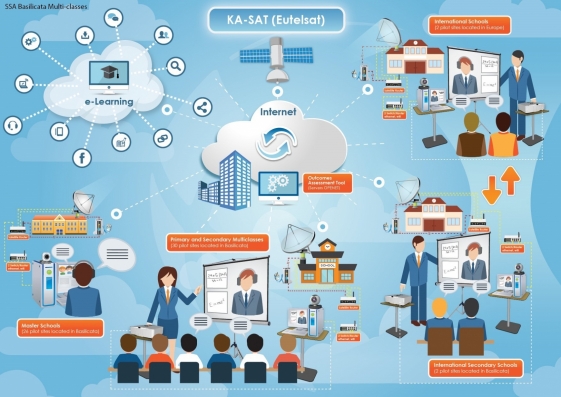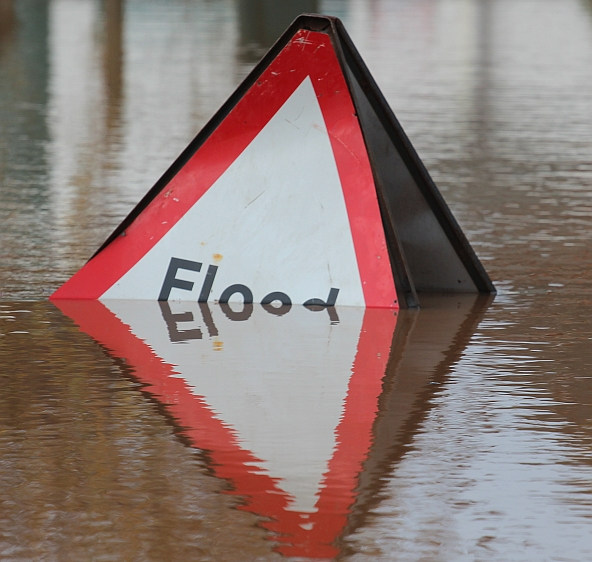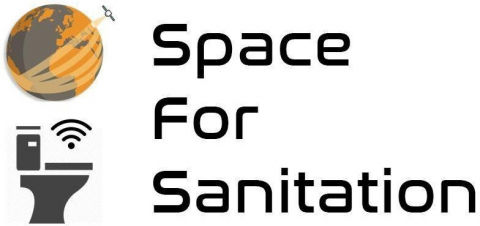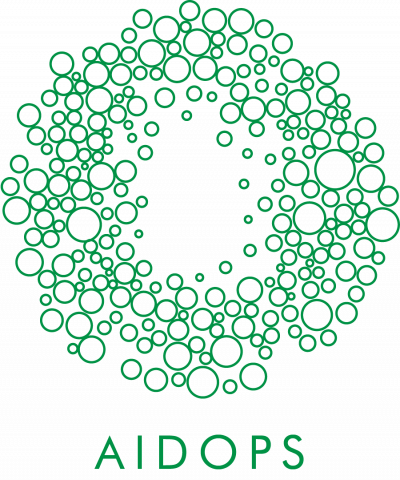Reducing the risk of bird strikes using satellite images and Ascend’s Normalised Difference Water index software (NDWI)
BROWSE PROJECTS
Based on user needs and industry skills, the evolution of customized solutions and the establishment of innovative services is accomplished through project activities. Focusing on various thematic areas, relevant information on the project activities is provided below.
ReMedy DEMO Project
Status date: 22 January 2021
A Thousand miles out at a sea. You are the captain on a large container ship. A crew member is seriously ill. You have been trained for this and it is your call. Remote medical care is complicated due to the distance between parties.
Telemedicine currently focuses on analysis / consultation. MedAssist.online’ s Two- way Augmented Reality service adds the “DO-factor”, by bringing a remote doctor virtually alongside a caretaker, working jointly to deliver the best possible care at lowest cost.
miBeez
Status date: 21 January 2021
Development and demonstration of a Integrated Precision Apiculture System including management, monitoring and decision support modules. Development of monitoring devices for installation in beehives and development of management software platform (desktop and mobile app) for use by beekeepers.
SatPDT
Status date: 15 January 2021
The pioneering daylight Photodynamic Therapy digital solution for Actinic Keratosis, using satellites for saving lives from skin cancer.
Floodly AI
Status date: 15 January 2021
Detection of subsurface water using satellites and AI, for the purpose locating new sources of drinking water and pipe leaks.
COLD-ML
Status date: 15 January 2021
The COLD-ML project has implemented one of the first approaches for the development of a fully automated, AI-based application for detecting the retreat of outlet glaciers on a global scale using EO. The project is an important step forward for timely and near-real time data provision on Greenland cryosphere changes, one of the most visible global indicators of climate change.
Cityfier
Status date: 14 January 2021
Cityfier is a digital service to analyse and forecast the value of a city district or a single property. Cityfier combines GIS data, earth observation data and Urban Master Plans in order to evaluate and forecast the value of residential real estates.
ARCAmarine
Status date: 11 January 2021
The goal of the study is to develop an end-to-end solution mitigating cyber risks related to maritime communications via satellites. In particular navigation data are critical to improve the safety of maritime traffic and the reliability of downstream services.
MoSCI-ECOSPACE
Status date: 08 January 2021
The MoSCI - ECOSPACE product is a service for storage, processing, visualisation and analysis of Earth and airborne observation datasets. It aims at delivering meaningful information for overseeing and managing risks to critical infrastructure (CI) in coastal and riverine settlements. The service targets in priority the public water authorities responsible for managing coastal and riverine areas and resources; the utilities, contractors and engineering consultants; and the international financial institutions and insurance brokers.
MoSCI
Status date: 20 January 2020
MoSCI - ECOSPACE is a suite of web-based subscription services for storage, processing, visualisation and analysis of earth and airborne observation datasets - spanning over a range of spatial and temporal resolutions, with capacity to deliver meaningful information for overseeing and managing risks to critical infrastructure (CI) in coastal and riverine settlements and be an early-warning decision support system.
Village Data Analytics
Status date: 02 December 2019
Village Data Analytics (VIDA) is a software-enabled service that automatically identifies remote villages and determines their suitability for a micro-grid installation using earth observation data and machine learning algorithms.
VIDA can be scaled across large user-defined areas to find a portfolio of viable micro-grid sites. This data-driven knowledge de-risks projects, reduces time and planning costs and enables investment at scale.
GREy (former BFPaaS)
Status date: 07 January 2021
The terrain profiles play increasingly critical role in the risk assessment of Unmanned Aerial Vehicles (UAV) operations planning and related risk assessment.
The BFPaaS project is a continuation of the feasibility study on the same topic and will end up in a creation of an automated system providing terrain profile (derived from the Sentinel-1 radar imagery and other data sources) along the pre-defined route.
Space for Sanitation - Woodco
Status date: 18 December 2020
This Feasibility Study explores business opportunities for the utilisation of satellite earth observation data, satellite communication and terrestrial communications to link toilets and sewage treatment facilities to wider sensor networks, to significantly augment sanitation management and the monitoring of public health.
MonICATO
Status date: 18 December 2020
MoniCATO proposes a backward compatible solution to secure the use of satellite-derived time in devices used by power grids (like Phasor Measurement Units and Intelligent Electronic Devices), combining authenticated Galileo signals, digital identity and Distributed Public Key Infrastructure (DPKI). Overall, the project proposes a new concept for the secure transmission of timing data among the nodes of the network and offers enhanced services for the monitoring of intentional interfering and cyber-attacks against GNSS signals and network devices.
Car-lileo
Status date: 18 December 2020
Car-lileo is a trustful, European platform solution giving car dealerships, detailers, service providers and the mobility sector an overview of their stock and insights at the Point of Sale. Cars, assets and persons interacting with them are located indoor/outdoor seamless, processes are optimized and customer experience enhanced.
RiPolMin
Status date: 18 December 2020
RiPolMin is a smart remote monitoring tool aimed at detecting pollution of rivers by mines. It is being developed and tested on abandoned mines in Cornwall, UK, and is designed for land, environmental and liability management. The tool applies novel processing to Sentinel-2 and drone-borne spectral signatures, to identify problem sites and track pollution at a local level.
heatwAIve
Status date: 17 December 2020
Extreme heat has a negative effect on human health. Due to climate change more intense and frequent heatwaves are expected to occur. The aim of the heatwAIve project was to develop an AI-based voice assistant to inform people about the risk of heatwaves and to provide them with behavioural recommendations. The related information is derived from Copernicus Earth observation (EO) and weather data.
VinoSAT
Status date: 17 December 2020
VinoSAT transforms EO Sentinel-2 imagery into readily available information that will change decision making in vineyards.
VinoSAT services are tailored to address the main vineyard monitoring needs and become a powerful tool in the hands of grape growers and winemakers.
AIDOPS
Status date: 16 December 2020
AIDOPS provides monitoring services based on artificial intelligence for automatic detection of objects and patterns in satellite images. AIDOPS concentrates on the fields of agriculture and forestry. The long-term goal is to provide new automated ways of assessment for inventories and monitoring to detect damage caused by bugs or climate in crops and forests at an early stage.













































